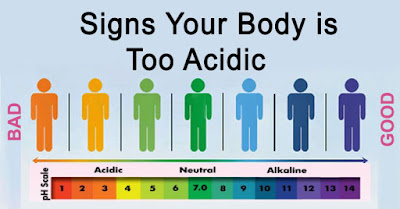Interesting fact: Why People Shaking their hands while greeting and departure.
Shaking hands is a relic of our ancient past. Whenever primitive tribes met under friendly conditions, they would hold their arms out with their palms exposed to show that no weapon were being held or concealed. In Roman times, the practice of carrying a concealed dagger in the sleeve was common so for protection the Romans developed the Lower Arm-Grasp as a common greeting.
The modern form of this ancient greeting ritual is the inter-locking and shaking of the palms and was originally used in the nineteenth century to seal commercial transactions between men of equal status. It has become widespread only in the last hundred years or so and has always remained in the male domain until recent times.
In most Western and European countries today it is performed both on initial greeting and on departure in all business contexts, and increasingly at parties and social events by both women and men.
The handshake evolved as a way men could cement a commercial deal with each other.
Even in places such as Japan, where bowing is the traditional greeting, and Thailand, where they greet using the Wai a gesture that looks similar to praying the modern handshake is now widely seen. In most places, the hands are normally pumped five to seven times but in some countries,
for example Germany, they pump two or three times with an additional hold time equal to an extra two pumps. The French are the biggest glad-handers, shaking on both greeting and departure and spending a considerable time each day shaking hands.





Comments
Post a Comment